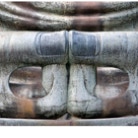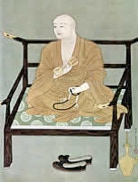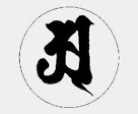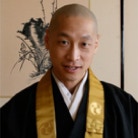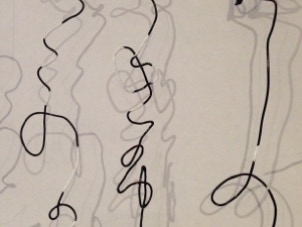

Classic Japanese esoteric Buddhism
Founded by Kūkai in the 9th century, after he went to China to study, Shingon is one of the oldest continuously practiced sects of Buddhism in Japan. Its teachings are primarily communicated by oral transmission, and there was very little material about Shingon even published until the mid 20th century.
“Enlightenment” in Shingon is available solely to initiates. They are taught the secret doctrines of body, speech, and mind by means of guided meditations using mandalas, the chanting of sacred formulas known as mantras, and devotional gestures called mudras.
Despite its secrecy and esoteric nature, institutional Shingon once had great social power, particularly among nobles of the imperial court. Elaborate Shingon rituals were commissioned to protect the state, to influence weather and harvests, or to exorcise evil spirits.
As is common in Japanese Buddhism, Shingon has splintered into numerous factions. There are eighteen branches of Shingon today.

Shingon is also known in Japanese as mikkyō, literally “secret teachings.”

